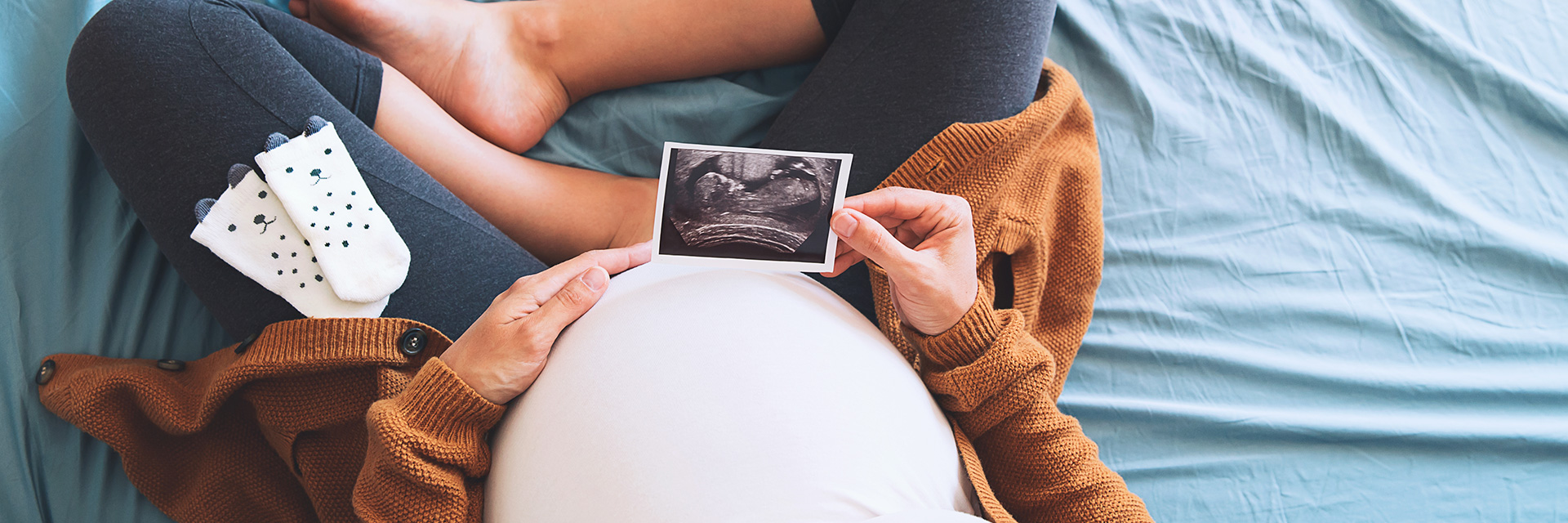At some point in your pregnancy, you will get a sneak peek of your growing baby with an ultrasound. Usually done to determine a baby’s size and position, ultrasounds use reflected sound waves, rather than X-rays or other types of radiation, to produce an image of the baby and placenta on a monitor.
You may have had an ultrasound in your first trimester to confirm your pregnancy and estimate your due date. From week 14 through 26 of pregnancy, ultrasounds can tell the baby’s gestational age within 7–14 days by measuring the size of the baby’s head, limbs and body. (By week 18 of pregnancy, an ultrasound can usually also tell the baby’s sex.)
Ultrasounds measure a baby’s length from the top of its head to its bottom (“crown to rump” or “sitting height”) in the first trimester; the measurement is not a “head to heel” length.
After the first trimester, most healthcare providers measure a combination of the skull, the thigh bone and the abdomen to calculate the fetal weight. In the third trimester, ultrasounds are less useful to estimate the size of a baby but will reveal a baby’s position as birth approaches.
You also may have heard about ultrasound portrait studios that can take keepsake pregnancy photos of babies in utero.
Commercially done “keepsake” ultrasounds could expose a pregnant woman to ultrasound waves for too long. Ultrasound can heat bodily tissue slightly and, in some cases, produce small bubbles in the tissue, according to the FDA.
Since the long-term effects of this exposure are not known, the Food and Drug Administration (FDA), the American College Of Obstetricians and Gynecologists and other medical groups have statements against using ultrasound technology for any nonmedical purpose. Read this one from the American Institute of Ultrasound in Medicine.

